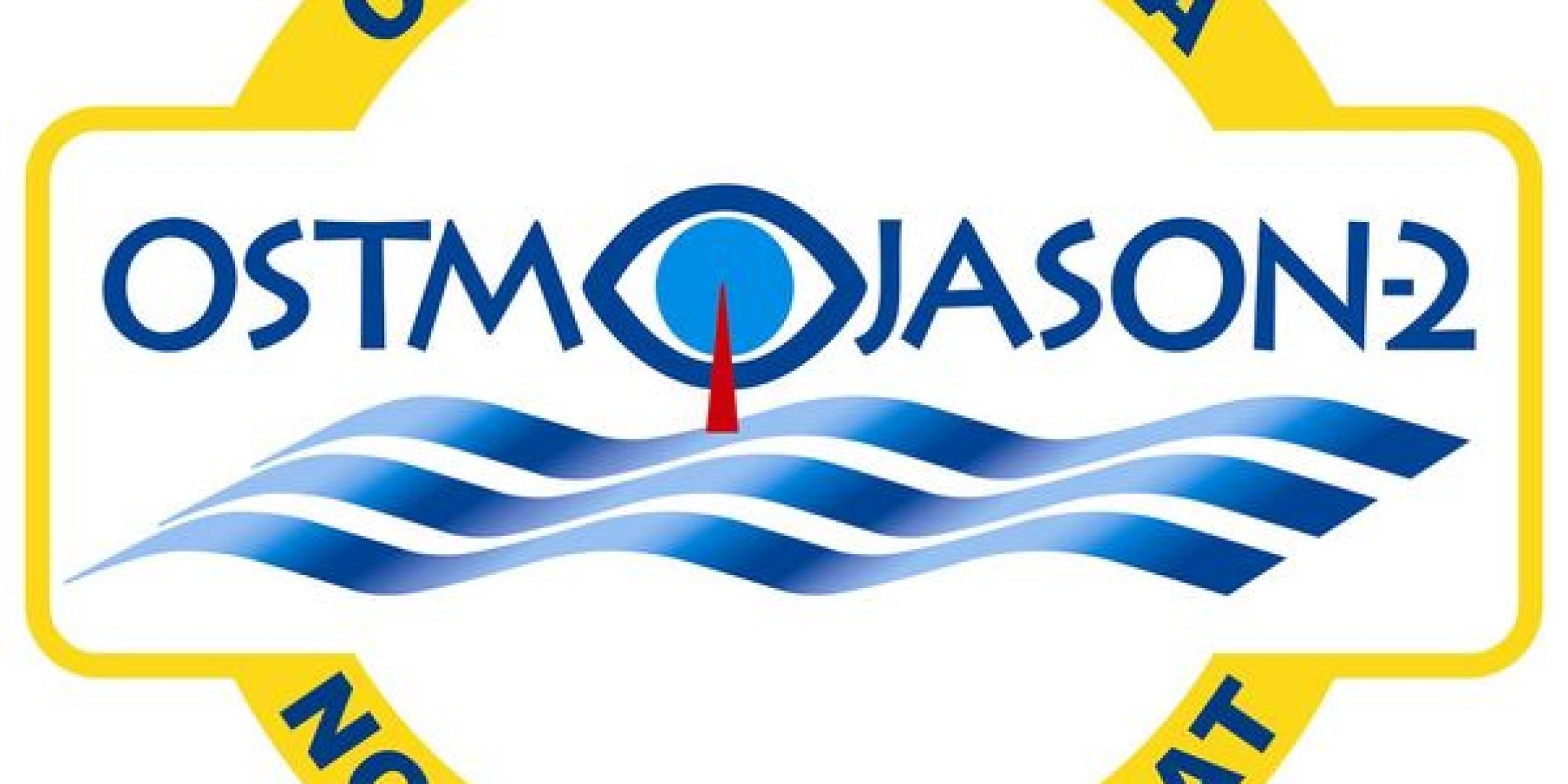Over the past nine years, the Jason-2 ocean-observing satellite conceived by https://fscience-old.originis.fr/wp-content/uploads/2023/06/GLOC_Oslo_Norway_S2_27juillet2022_web-2-1.jpg and NASA in partnership with Eumetsat (European Organisation for the Exploitation of Meteorological Satellites) and NOAA (National Oceanic and Atmospheric Administration) has expanded our knowledge of global sea level change, ocean currents and climate phenomena like El Niño and La Niña. Starting next month, it will be taking on an additional role: improving maps of Earth’s sea floor.
The Ocean Surface Topography Mission (OSTM)/Jason-2 mission marked its ninth year in orbit on 20 June. Designed to fly three to five years, Jason-2 has now completed more than 42,000 trips around our planet, contributing to a database of satellite altimetry that dates back to the launch of the French-U.S. TOPEX/Poseidon satellite in 1992. Satellite altimetry is a method of observing the oceans that has earned international acclaim, yielding information about currents, temperature and salinity from the surface to the sea floor and thus helping in particular to gauge the impacts of climate change. For example, it has highlighted a clear increase in the rate of sea level rise since 2004, chiefly as a result of ice melt in Greenland and on land surfaces.
Over the past nine years, Jason-2 has measured the height of 95% of the world’s ice-free oceans with centimeter accuracy every 10 days. Since its launch in June 2008, it has measured a 4- centimeter increase in global mean sea level, which has been rising at an average rate of 3 millimeters a year. It has also tracked changes in regional sea level, monitored the speed and direction of ocean surface currents, enabled more accurate weather, ocean and climate forecasts, and observed multiple El Niño and La Niña events. Since October 2016, it has operated in a tandem mission with its successor Jason-3, launched in January 2016, doubling coverage of the global ocean and improving data resolution for both missions.
With Jason-2 now well past its expected service life, it has become prudent to move the satellite out of its current shared orbit with Jason-3. On 20 June, Jason-2’s four mission partner agencies— NASA, NOAA, https://fscience-old.originis.fr/wp-content/uploads/2023/06/GLOC_Oslo_Norway_S2_27juillet2022_web-2-1.jpg and Eumetsat—agreed to lower its orbit by 27 kilometers in early July, from 1,336 to 1,309 kilometers, placing it in a new orbit with a long repeat period of nearly a year. The move is designed to safeguard the orbit for Jason-3 and its planned successor, Jason-CS/Sentinel- 6, planned for launch in 2020, while assuring compliance with French regulations on space operations.
Orbit-lowering operations are being carefully planned by teams at https://fscience-old.originis.fr/wp-content/uploads/2023/06/GLOC_Oslo_Norway_S2_27juillet2022_web-2-1.jpg to avoid any risk of collision. These operations will be conducted and coordinated from the Jason-2 control center at https://fscience-old.originis.fr/wp-content/uploads/2023/06/GLOC_Oslo_Norway_S2_27juillet2022_web-2-1.jpg in Toulouse, starting on 3 July.
In its new orbit, Jason-2 will also undertake a new science mission. The long-repeat orbit will allow Jason-2 to collect data along a series of very closely spaced ground tracks just 8 kilometers apart. The result will be a new, high-resolution estimate of Earth’s average sea surface height.
The shape of the sea surface is partly determined by underwater hills and valleys, which pull the water due to the force of gravity. Scientists will use these new Jason-2 data to improve maps of the shape and depth of the sea floor, resolving many presently unknown seamounts and other geologic features on the ocean bottom. These new maps will permit advances in ocean modelling, tsunami wave forecasting and naval operations support, and will boost understanding of the dynamics of the solid Earth.
The data will also help prepare for the next generation of global satellite altimetry missions, including the NASA/https://fscience-old.originis.fr/wp-content/uploads/2023/06/GLOC_Oslo_Norway_S2_27juillet2022_web-2-1.jpg/CSA Surface Water and Ocean Topography (SWOT) mission, planned for launch in 2021, and Sentinel-3B, to be launched by ESA in early 2018.
Despite Jason-2 leaving its old orbit, data from the new orbit will still be used by operational agencies to provide societal and strategic benefits ranging from deriving ocean currents and improving marine, fishery and naval operations to assisting in forecasting the intensity of tropical hurricanes and cyclones by identifying regions of high thermal energy in the ocean.








